As we begin to prepare for the holidays, this is also the time we turn back our clocks to standard time. In order to remember which way the clocks move, we’ve named it “fall back” & “spring forward.” Falling back means changing the clocks back one full hour, resulting in earlier sunsets & later sunrises. This ultimately means more darkness throughout the rest of Fall & Winter. Darkness can feel increasingly isolating & is known to exacerbate already existing mental health problems such as depression & anxiety. Changing back the clocks also negatively impacts our circadian rhythm (body clock), disrupting our sleep/wake cycle & the production of melatonin. Darkness increases the production of melatonin, thus leaving us to feel more tired, sleepy & fatigued in the winter months. In essence, sunlight is directly linked to our circadian rhythm therefore it is no surprise that when the sun goes down, we begin to get sleepy, even if it’s only 5pm!
Beating the Winter Blues: Understanding SAD and Strategies to Boost Your Mood
As daylight savings time has come to an end and we approach the winter, the hours of available sunlight have rapidly declined. As the days get darker, it is common for individuals to struggle to maintain a positive outlook. The “winter blues” are common and some individuals may even experience Seasonal Affective Disorder (SAD). Whether you have the winter blues or SAD, symptoms tend to start in the fall and continue through winter, where individuals might experience mood swings, lack of energy, and increased levels of fatigue.
Preparing Your Mood for Winter: The Impact of Winter on Mood
During the depths of winter it’s easy to find reasons to Netflix and chill rather than get out and about. That being said, if you find yourself crying, wanting to sleep more often than not and finding it difficult to get out of the house and go to work during the winter months, you may be experiencing Seasonal Affective Disorder (SAD).




